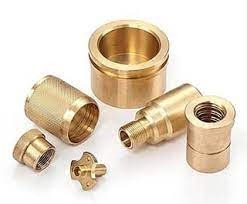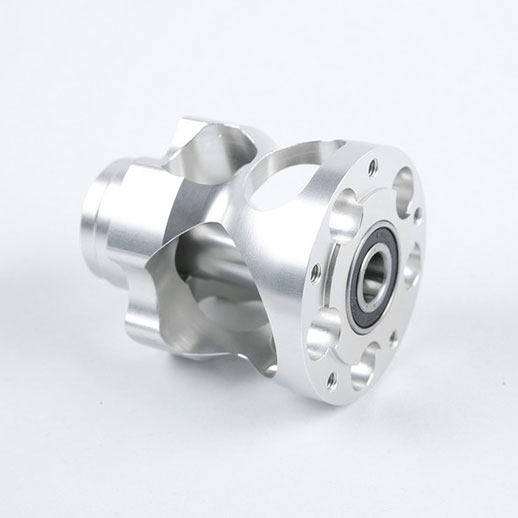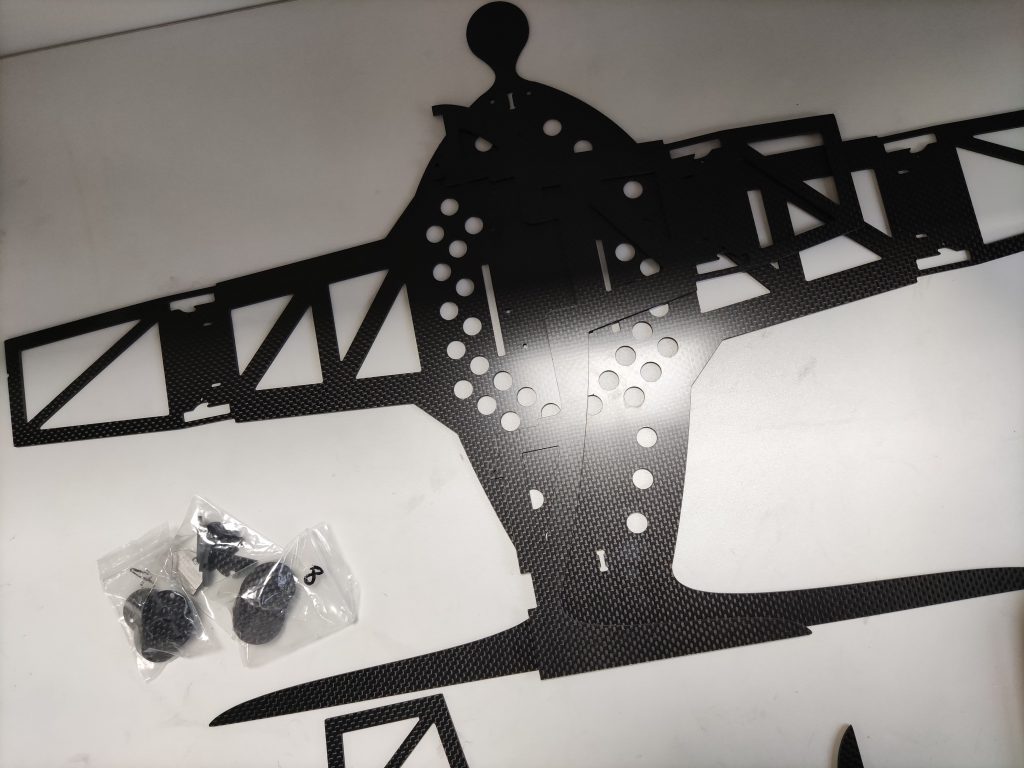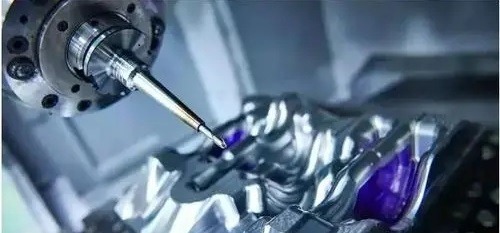In the ever-changing world of manufacturing, the ability to produce high-quality parts efficiently, regardless of volume, is a game changer. Low-volume CNC machining emerges as an effective solution for bridging the gap between rapid prototyping and full-scale mass production. This novel technique uses the precision of computer numerical control (CNC) machines to produce custom parts or short-run production batches. While CNC technology has traditionally been associated with high-volume manufacturing, when used strategically, it can provide numerous benefits for smaller-scale projects. This article explores the fascinating world of low-volume CNC machining. We’ll look at the key advantages, which include cost-effectiveness and design flexibility, as well as faster turnaround times and less material waste. We will also provide you with valuable budget-saving strategies when designing parts for low-volume CNC machining.

Advantages of Low-Volume CNC Machining
Advantage 1: Cost-Effectiveness
Low-volume CNC machining eliminates the significant upfront cost of developing the specialized tooling required for those processes. With low-volume CNC machining, the same core machinery can be used for multiple projects by simply changing the computer program that controls the machine. This lowers the initial investment, making it an appealing option for prototypes, custom parts, or short production runs where the cost of high-volume tooling would be prohibitive.
Advantage 2: Design Flexibility
Design flexibility is a significant advantage of low-volume CNC machining because it eliminates the need for costly, dedicated tooling that is frequently required for high-volume production methods such as injection molding or die casting. This releases you from the design constraints imposed by those processes. Complex geometries, intricate details, and tight tolerances are all easily achievable with CNC machining, regardless of batch size. This provides greater design freedom during prototyping, allowing you to experiment with different features and make changes as needed without incurring significant costs.
Advantage 3: Faster Turnaround Times
Low-volume jobs typically deal with smaller batches, so less time is spent setting up complex tooling or machinery for each new design iteration. This enables manufacturers to move a concept from CAD design to a physical prototype much faster. This quick turnaround is especially useful for early-stage product development, allowing for faster testing, design changes, and shorter time-to-market for new products.
Advantage 4: Reduced Material Waste
CNC machining enables precise computer-controlled toolpaths, reducing material removal during the machining process. This targeted approach, combined with minimal initial material purchase, helps to significantly reduce overall material waste. This results in cost savings, particularly when working with expensive materials, as well as a reduction in environmental impact through more efficient resource utilization.

Applications of Low-Volume CNC Machining
Application 1: Prototyping
Low-volume CNC machining complements the iterative nature of prototyping by providing several significant benefits. For starters, it enables the creation of complex and intricate designs, which are essential for testing a prototype’s functionality and form. Second, the high precision of CNC machining ensures that the prototype accurately reflects the intended design, allowing designers and engineers to assess fit and performance with confidence. Most importantly, low-volume CNC machining excels at producing small batches, making it ideal for initial prototypes. This enables quick turnaround times and design changes without the high costs associated with large-scale manufacturing methods.
Application 2: Custom Parts
Low-volume CNC machining perfectly matches the requirements of custom part creation. Traditional high-volume manufacturing techniques frequently rely on specialized tooling, such as molds or dies. These tools are costly to create and may limit design flexibility. However, low-volume CNC machining eliminates the need for such tooling. Instead, it employs digital designs that can be easily modified to meet specific customer needs. This enables the creation of one-of-a-kind parts, small batches of custom components, and parts with intricate features that would be difficult or impractical to manufacture using other methods. Low-volume CNC machining is a cost-effective option for businesses that require unique parts to fulfill specific functions or applications.
Application 3: Short-Run Production
Low-volume CNC machining is ideal for short-run production needs due to its inherent flexibility and cost-effectiveness. Unlike high-volume processes that necessitate a significant upfront investment in tooling, low-volume CNC machining overcomes this barrier. This makes it ideal for situations in which initial production quantities are limited or demand is uncertain. Furthermore, the ability to quickly adapt CNC programs enables design changes during short-run production, which is critical for fine-tuning a product before full-scale manufacturing. With short lead times and the ability to produce parts efficiently in small batches, low-volume CNC machining is an ideal solution for short-run production runs, ensuring a smooth transition from prototype to limited-quantity manufacturing.
Application 4: Aerospace & Medical Industries
The aerospace and medical industries rely heavily on low-volume CNC machining due to their specific requirements for high-precision, custom parts in small quantities. These industries frequently require intricate components with close tolerances for critical applications such as aircraft parts or medical implants. Low-volume CNC machining meets this requirement perfectly, as it provides exceptional precision and the ability to create complex geometries. Furthermore, these industries frequently work with prototypes, one-time custom parts, or short production runs of specialized equipment. Low-volume CNC machining’s flexibility and quick turnaround times enable them to produce these parts efficiently while avoiding the high upfront costs associated with traditional high-volume production methods. In these demanding industries, low-volume CNC machining is an essential tool for ensuring quality and cost-effectiveness.

Ways To Maximize Budget When Designing Low-Volume CNC Parts
1. Use Simple and Standard Designs
Using simple and standard designs for low-volume CNC parts leads to a more efficient and cost-effective manufacturing process. By reducing machining time, avoiding specialized tools, lowering the risk of errors, and simplifying programming, you can produce high-quality parts while staying within your budget.
2. Choose the Correct Material For Low-Volume Parts Production
In low-volume production, the cost per unit of material can have a significant impact on the total budget. Using a less expensive material that meets the part’s functional requirements can result in significant cost savings. Different materials have varying machinability properties. Certain materials necessitate specialized tooling or slower machining speeds, both of which can raise production costs. Choose a material that can be machined efficiently with standard tooling to reduce machining time and associated labor costs. This translates into a more cost-effective production process for low-volume parts.
3. Take into Consideration the Finishing and Text to Use
Consider finishing and text during the design phase for low-volume CNC parts to achieve a balance of functionality, aesthetics, and cost. In low-volume production runs, you can maximize the value of your CNC machining budget by reducing machining time, exploring alternative finishing options, and prioritizing core functions.
4. DFM (Design for Manufacturing)
Designing parts that are efficient to manufacture reduces material waste, machining time, and costly errors. This allows you to maximize the efficiency of your production run while staying within budget.
5. Reduce Waste
Smart design reduces waste, allowing you to stretch your budget for low-volume CNC parts. By requiring less material and reducing machining time, you optimize the entire production process, resulting in cost savings and increased value for your investment.

Conclusion
Low-volume CNC machining offers an appealing option for manufacturers and designers looking for a balance of precision, flexibility, and cost-effectiveness. This technology enables them to realize their ideas, from intricate prototypes to specialized production runs, without the constraints of traditional high-volume manufacturing. The ability to produce high-quality parts in small quantities promotes innovation and shortens development cycles, enabling businesses to respond quickly to changing market demands.
As low-volume CNC machining evolves, it will undoubtedly play an increasingly important role in shaping the future of manufacturing, allowing companies of all sizes to embrace efficient, high-precision production for a broader range of applications. JTR is a good option if you need a low-volume CNC machining service. We are the CNC professionals who can be trusted.










